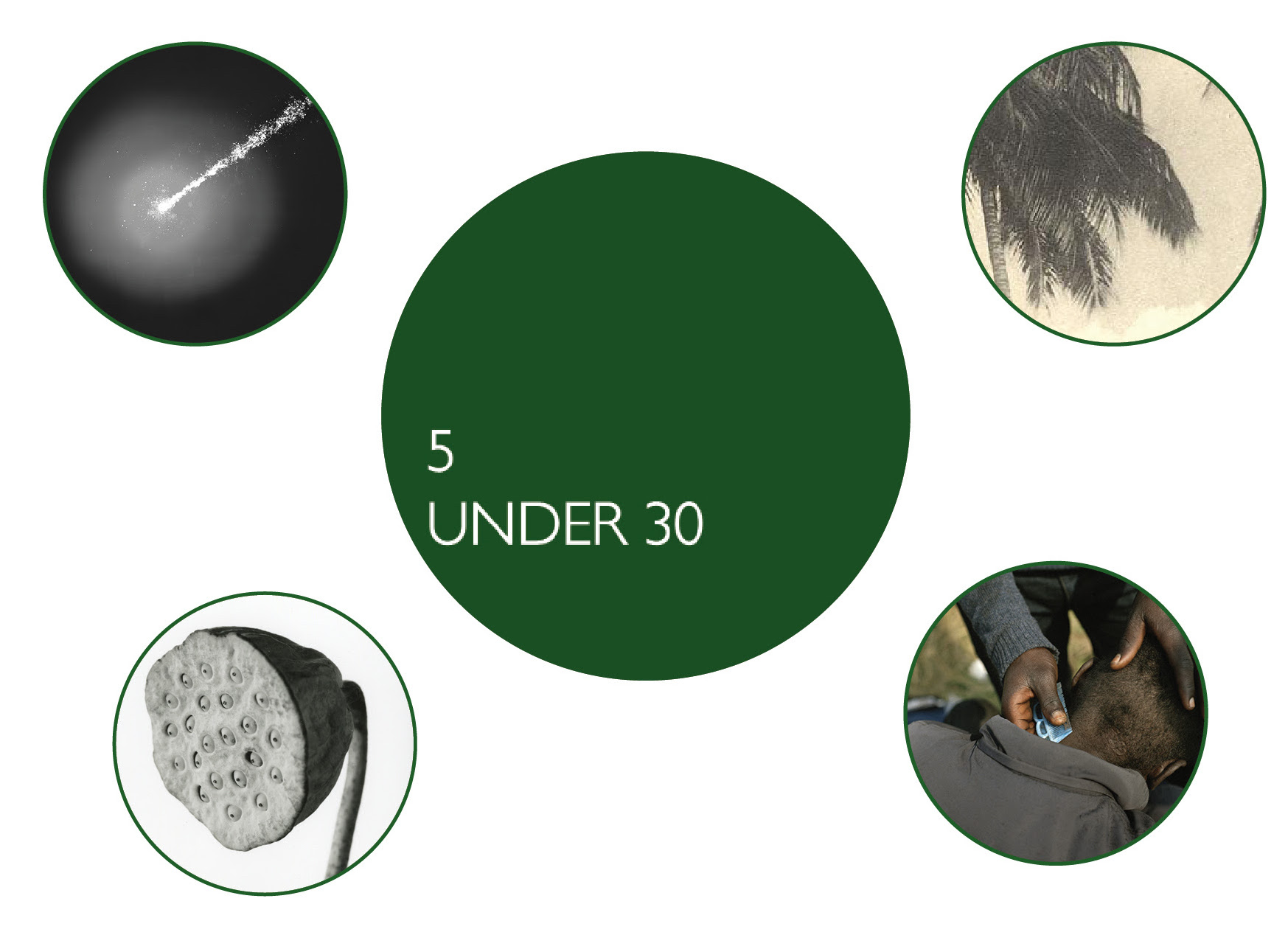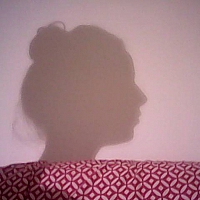
© Daniel Blau Gallery
Expositions du 1/7/2015 au 31/7/2015 Terminé
Daniel Blau London 51 Hoxton Square N1 6PB London France
Daniel Blau is pleased to announce the winners of the gallery’s third annual Young Photographers’ Competition:Daniel Blau London 51 Hoxton Square N1 6PB London France
Melissa Arras / Alan Knox Julia Parks / Michael Radford
MELISSA ARRAS
El Dorado documents refugee camps in Calais.The town has, in recent years, become a doorway for many refugees risking their lives to leave their homelands.The work is a visual exploration into the duality of these situations, contemplating both the political tensions and the personal instability these transferrals involve. Recently, the town transformed from a seaside resort into an uncontrolled site populated with refugees hoping to enter the UK. Melissa’s work bravely captures intimate moments in the migrants’ lives whilst temporarily anchored in this new, surreal environment, proving their desperation in attaining stability.
ALAN KNOX
Alan’s most recent project The Universal Sympathy has moved his practice from political to personal. By scattering his grandfather’s ashes onto photographic paper,Alan’s photograms resemble the interstellar phenomena of the universe. The series questions the photograph as a sublime object, the traces left by ash reveal a void that is left by the absence of the other. Inspired by mortality, infinity and intimacy, this ambitious work seeks to reconnect the remains of the dead with the origin of all life. Drawing from Michael Newman’s critique of Jacques Derrida’s Memoirs of the Blind, in which he writes that one may mourn the subject of whom nothing remains but ash through recourse to the trace whose nature is always defined by it’s propensity to complete erasure, interpreting Derrida as perceiving in such a trace the revelation of life’s metaphysical origin.
JULIA PARKS
The inspiration behind Julia Parks’project Studies for a Botanical Film is the artist’s examination of the representation of plants within experimental film and photography.The series comprises various portrayals of plant stems and heads that display specific sculptural qualities, only the aesthetically strong were ‘auditioned’. The series is presented in contact sheets to incite contemplation over the artist’s working process.
During her studies Julia was introduced to the botanical photographer, Karl Blossfeldt (1865 – 1932), who is known for taking high contrast, black and white images of plants, which he found in wasteland across Germany in the early 20th century. Following Blossfeldt’s techniques, Julia produced a 16mm film that explored his thirty-year oeuvre. Although Parks has chosen to appropriate Blossfeldt’s style and methodology, the choice of cultivated plants and un-edited nature of presentation are intended to contrast his original works.
MICHAEL RADFORD
In The Native Types Michael Radford addresses the issue of colonialism in Africa, considering the Western representation of the exotic.The project is presented at Daniel Blau gallery in two sets; the first shows fragments of found imagery by J Audema, a 19th century colonial administrator in the French Congo. Audema worked with subjects to create posed images, thus fabricating narratives far from a true representation of reality. The second set comprises collated diptychs that feature both historical and current photographs thematising colonialism. Audema’s photographs document exotic representations of Africa. We see plants, Congolese tribes, villages, portraits, people’s houses - we rarely see the actions of the colonial empire and the mass exploitation that was happening at the time. Sold as postcards, they would likely not been have as successfully received by the public had they represented a more truthful reality.When trying to save the photographs from the online image bank, Radford noticed the archive had saved each photograph into multiple images, disabling users from saving the entire photograph. By systematically saving the same part of each photograph, in relation to the geographical point to where the commodities were exported, we are now left with these fragments. The second set of photographs have been collaged together, making a direct comparison of the colonialism and what we do in Africa today. With each set of photographs we see a different fragment of colonisation, thus questioning whether it’s any different to the times of the slave trade.


